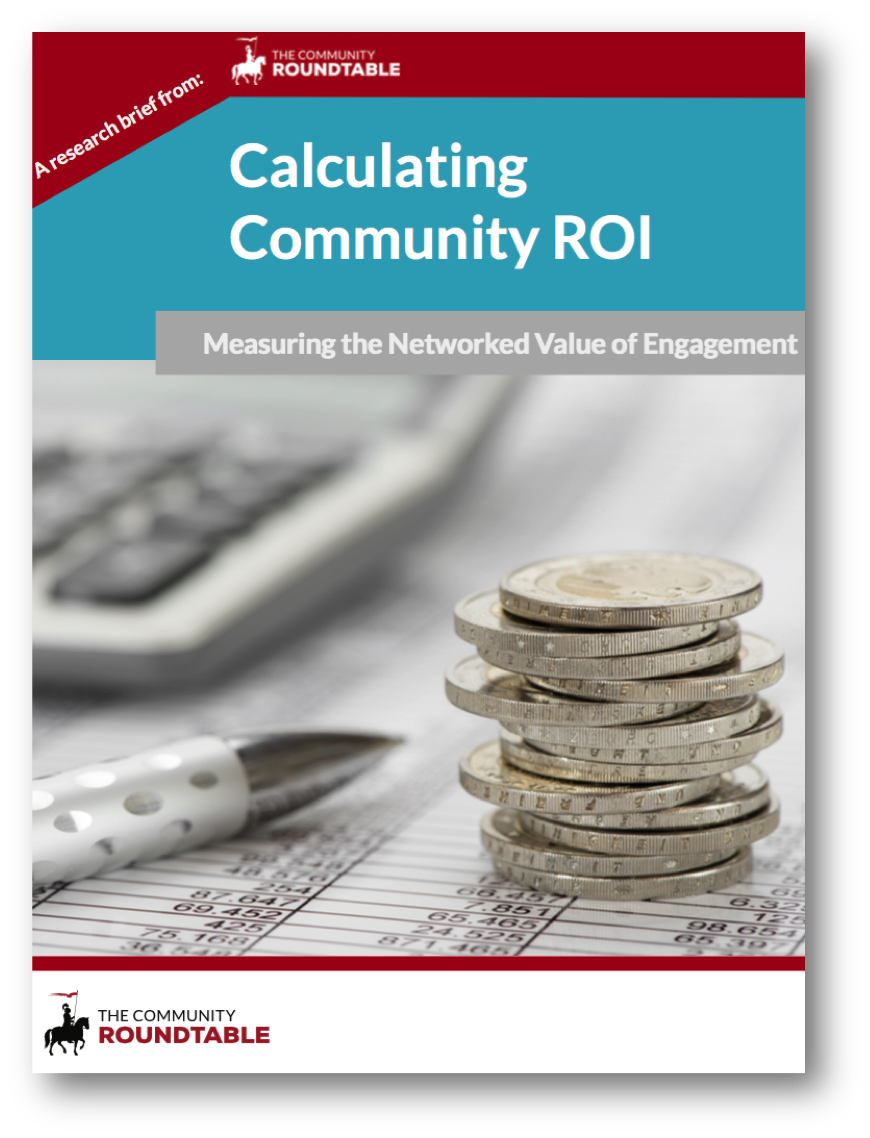Those of you who know me, know how passionate I am about this topic, and those of you who don’t are about to find out!
My background is sales – I’ve had the opportunity to work for Cadbury, PepsiCo, and LEGO during my career, and the importance of ‘knowing my numbers’ was drummed into me throughout those 18 years.
It can be easy to find reasons not to ‘know your numbers’ in the world of community management, because… which numbers?
In sales, targets are generally numerical – easy to define and easy to measure. In community, not so much.
In my opinion, this makes it even more important to define and measure success in your community, and guess what? You are the expert, so you can define and shape both the numbers you measure and the narrative that goes with them – putting you wholly in charge of your community metrics.
Imagine being able to report to your peers and stakeholders “We did x in the community and the impact was a y% increase in activity”. ‘Knowing your numbers’ can help you achieve just that.
Six Tips for Defining Community Metrics
Here are the steps I recommend taking to define the community metrics that are most important to your community:
- Don’t start with your reports! It is easy to get sucked into the community metrics associated with the standard reports that your community platform provides. This can lead you down rabbit holes of reports against criteria that don’t really matter to you.
Instead… - Understand your community’s reason for being – we call this the Shared Purpose : Shared Value. Why does your organization have a community – what will the organization give to it and get from it? Why will your community members come to your community? What will they give to it and get from it? Where the commonalities of these questions intersect, you will find your community’s Shared Purpose : Shared Value. (It’s a little more complicated than that, but you can read more here)
- Understand the key behaviors you are looking for in your community – aim for 3 or 4 – these should all contribute to achieving the Shared Purpose : Shared Value.
Some examples of key behaviors are:- Ask and answer
- Share
- Discover
- Connect
- Work out how to tie these criteria to your organization’s Key Performance Indicators (KPIs). This is crucial – in this way, you equip yourself and your stakeholders with the numbers to demonstrate the performance of your community program against the criteria you know to be important.
- When you are happy with these criteria, establish how you can satisfactorily measure performance against these behaviors and work out which reports you can pull regularly (weekly, monthly, quarterly) to track performance. For example, you could measure “Share” by looking at the number of new posts. Often the metrics will not be perfect, but as long as you are confident in why you are tracking that metric, and what it tells you about your community, the trend over time is more important than the measurement itself.
- GET STARTED!! I cannot stress this enough. The sooner you start, the sooner you will establish a baseline and track trends. You don’t need fancy tools or dashboards – use what you are comfortable with (I use Excel workbooks) and start measuring. Set up a workbook where you can track data, and build your workbook for the future – leave space to add more data over time. If you can pull data for past periods, do so, but don’t feel you have to do it all at once – build up slowly if needed, and start with what you consider to be the most valuable community metrics.
Once you have set up your workbook, ensure you update it regularly – add a recurring calendar slot to keep you accountable, and schedule as many reports as you can (if your platform has that functionality). You will refine your report over time so don’t aim for perfection.
As you get to ‘know your numbers’ you will develop another level of confidence in the impact of your community management work.
I hope you find this helpful. If you want to dig deeper into this topic with a passionate group of community builders, join The Network. Our clients see a return on their membership with just one template, conversation, or solution to a challenge.
We also offer bespoke community advisory solutions. If you would like to talk more about which solution would be the right one for your community program, please get in touch.
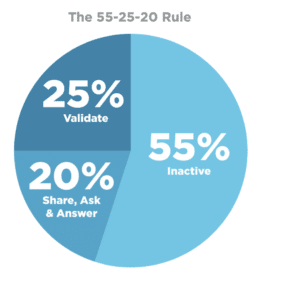
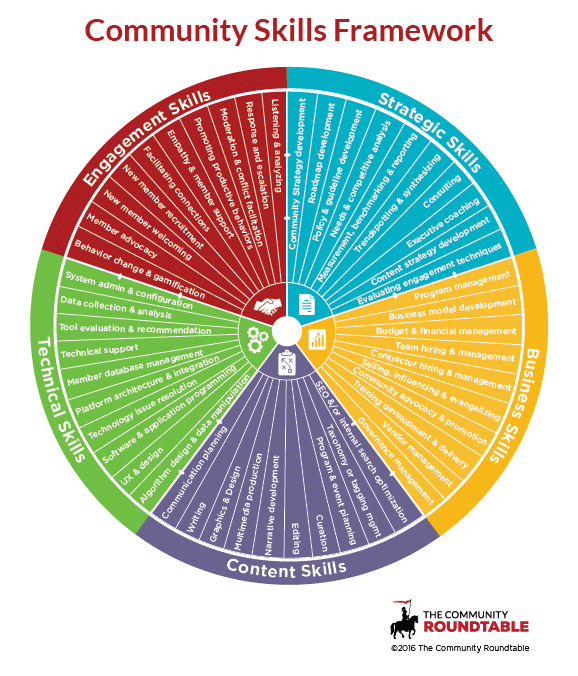

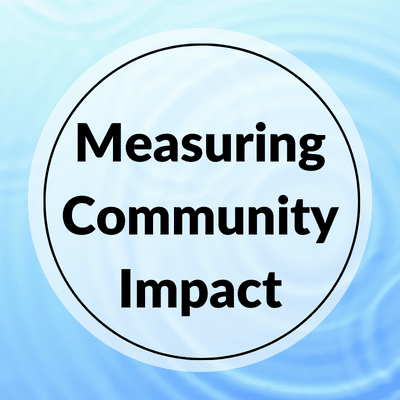
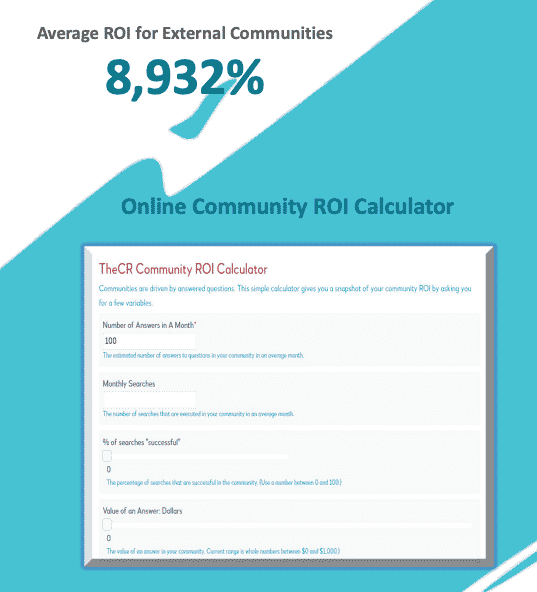
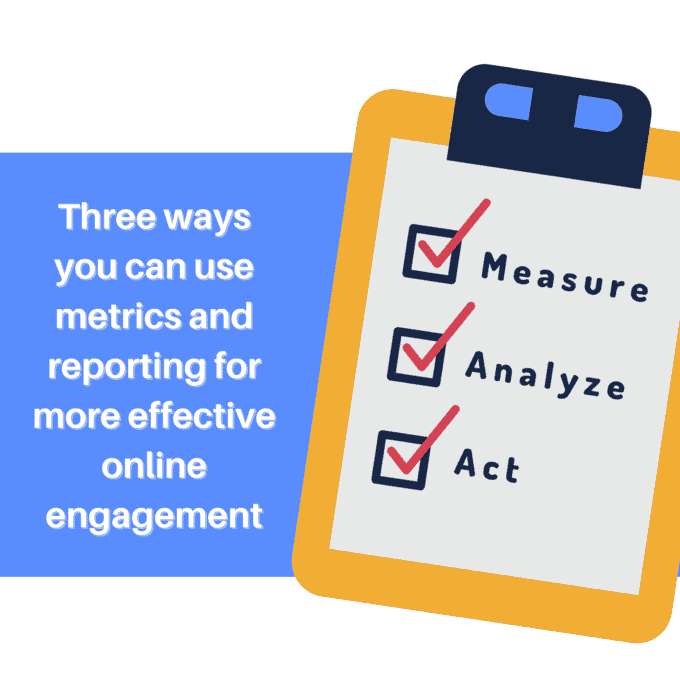
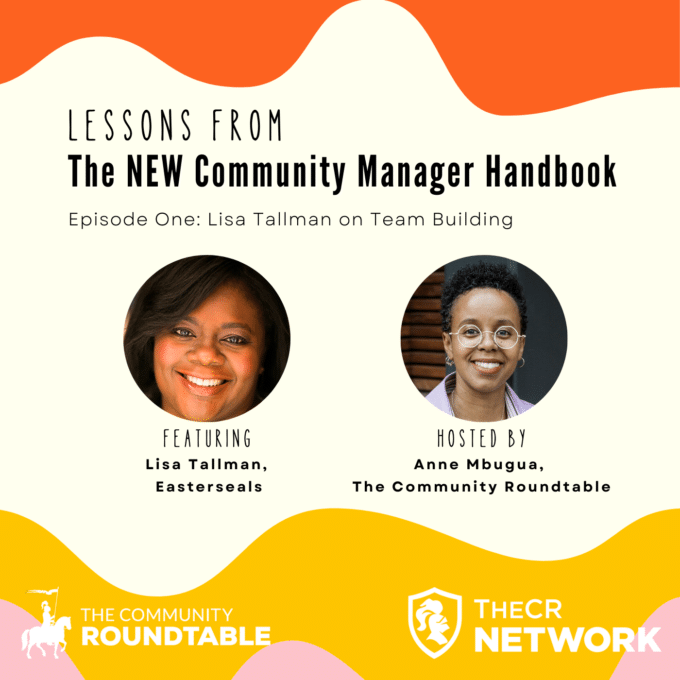
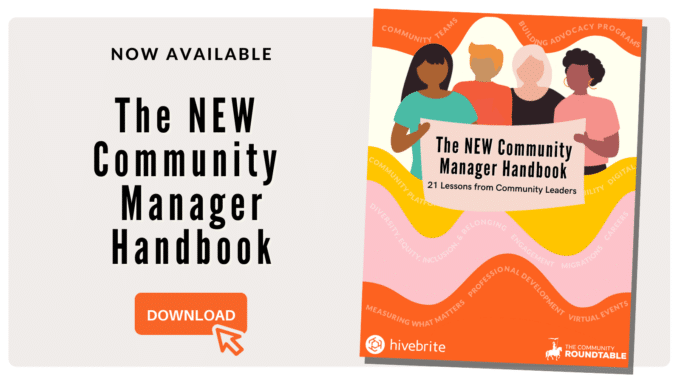

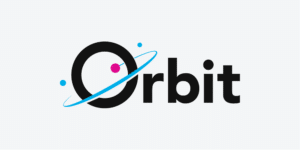
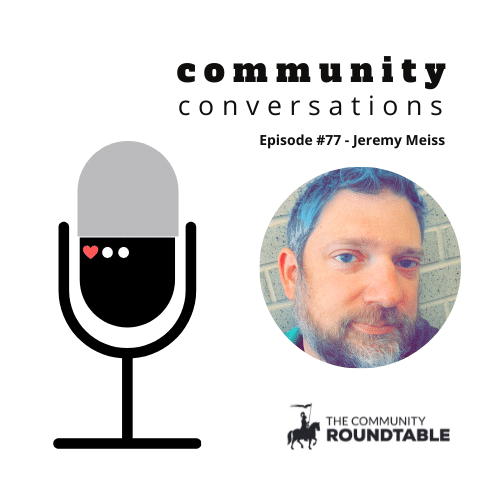
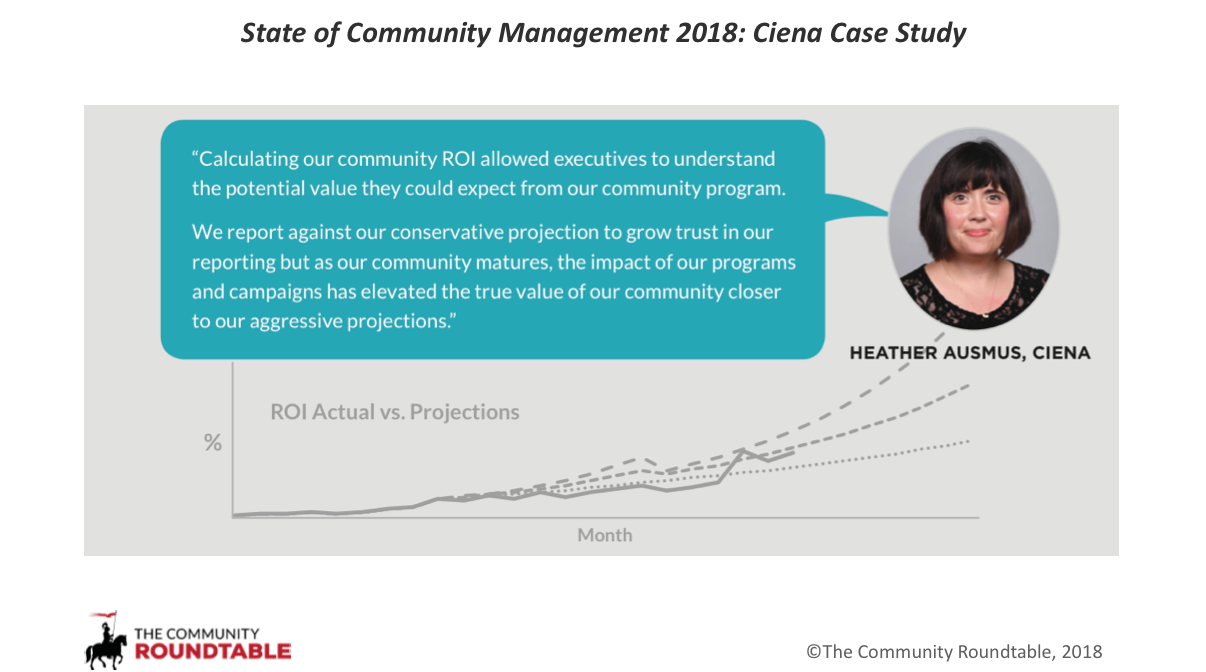 By calculating ROI you demonstrate to stakeholders that they are making a good choice about investing in the community program – and that it is worth more investment. The other, critical, thing it can do is to show how community value has grown historically and how that value is projected to grow in the future, giving them further assurance that they are making a smart financial choice.
By calculating ROI you demonstrate to stakeholders that they are making a good choice about investing in the community program – and that it is worth more investment. The other, critical, thing it can do is to show how community value has grown historically and how that value is projected to grow in the future, giving them further assurance that they are making a smart financial choice.